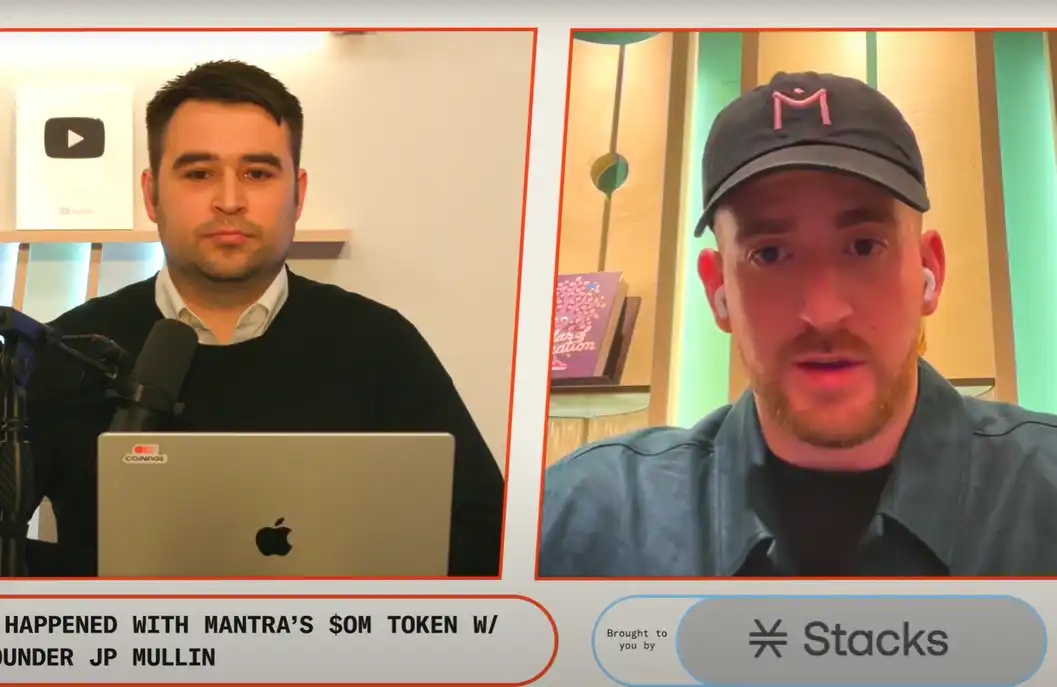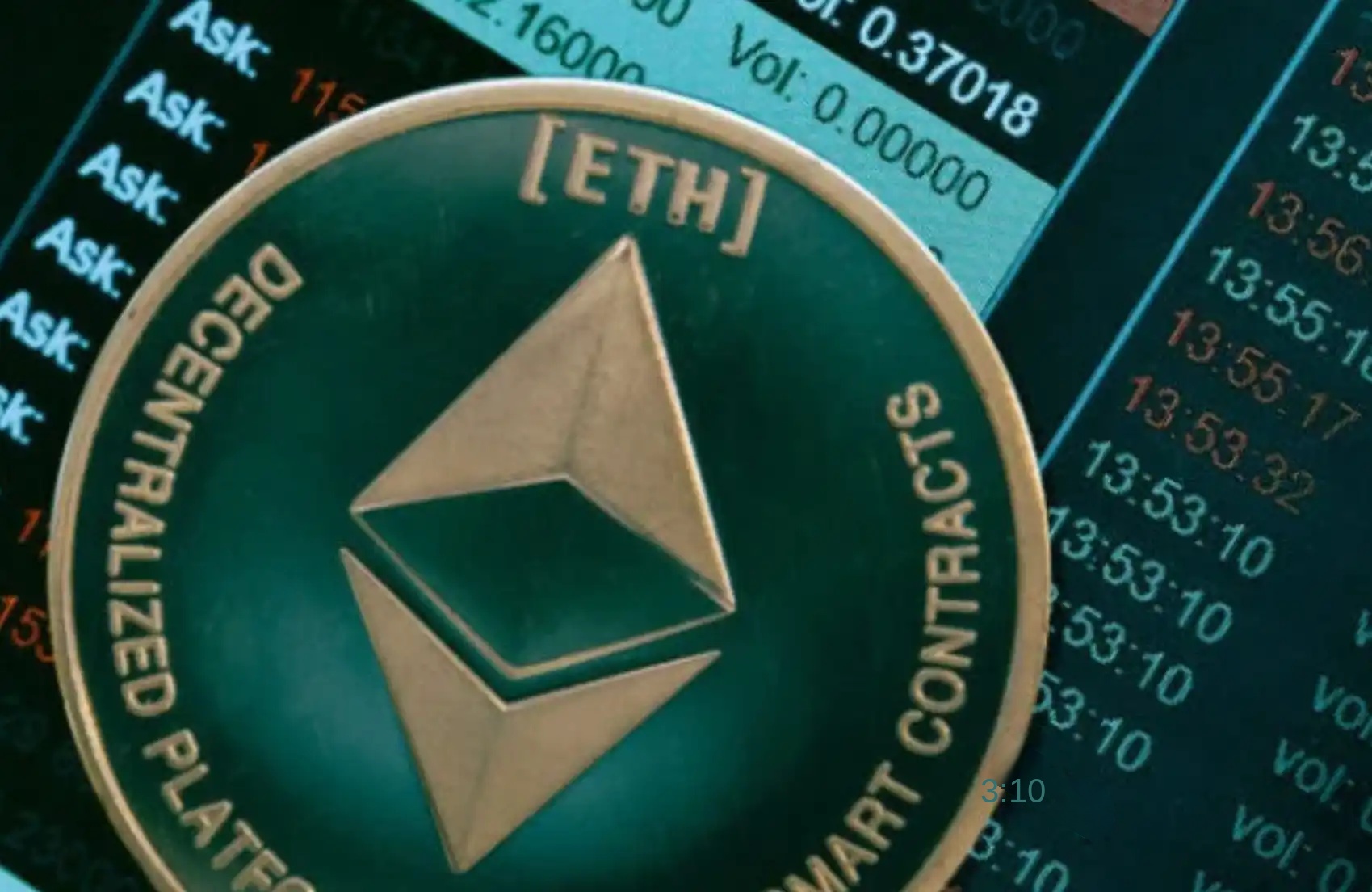Glassnode: Who is buying Bitcoin in large quantities in the current market?
Original title: A Return to HODLing
Original author: CryptoVizArt, UkuriaOC, Glassnode
Original translation: Baishui, Golden Finance
Summary
· After several months of relatively heavy distribution pressure, the behavior of Bitcoin holders appears to be shifting towards holding and accumulation.
· Spot market activity suggests that there has been a clear increase in seller pressure recently, and this trend has not yet completely subsided.
· Compared with the ATH breakthroughs of past cycles, the proportion of network wealth currently held by the long-term holder group is relatively large.
· Overall, on-chain conditions indicate that the Bitcoin holder group is confident.
Large Wallets Return to Crypto Holding Mode
As the market begins to slowly recover from last week’s sell-off, there is palpable uncertainty and indecision among digital asset investors. However, when analyzing the on-chain reaction of investors to these volatile market conditions, a trend favoring holding begins to emerge.
Since Bitcoin’s all-time high in March, the market has experienced a period of broad supply distribution, with wallets of all sizes participating. Over the past few weeks, this trend has shown early signs of reversing, especially for the largest wallets typically associated with ETFs. These large wallets appear to be returning to accumulation mode.

The Accumulation Trend Score (ATS) indicator assesses the change in weighted balance across the market. The indicator also suggests that the market is shifting toward accumulation-dominated behavior.

The Accumulation Trend Score (ATS) indicator assesses the change in weighted balance across the market. The indicator also suggests that the market is shifting toward accumulation-dominated behavior.

The Accumulation Trend Score (ATS) indicator assesses the change in weighted balance across the market.
The aforementioned shift towards accumulation prompted the ATS to record its highest possible value of 1.0, indicating significant accumulation in the market over the past month.

This observation is consistent with Long Term Holders (LTH), who divested heavily prior to the all-time high. This cohort has now resumed their preference for HODLing, with a total of +374k BTC shifting into LTH status over the past 3 months.
From this, we can infer that investors’ propensity to hold tokens has now become a greater force relative to their pressure to spend.

We can also evaluate the 7-day change in LTH supply as a tool to assess the rate of change in its total balance.
We can see that LTH distribution was significant, a typical feature of macro top formation, heading into the March ATH. Less than 1.7% of trading days recorded greater distribution pressure. Recently, this indicator has returned to positive territory, indicating that the LTH community expressed a preference to hold their tokens.

This is despite the spot price being above the active investor cost basis, which represents the average acquisition price of active tokens in the market, from April to July.
The active investor cost basis can be viewed as a key threshold that demarcates bullish and bearish investor sentiment.

This is despite the spot price being above the active investor cost basis, which represents the average acquisition price of active tokens in the market, from April to July.
The active investor cost basis can be viewed as a key threshold that demarcates bullish and bearish investor sentiment.
As the market has managed to find support around this level, it indicates a degree of underlying strength in the market, suggesting that investors generally still expect positive momentum in the market in the short to medium term.

Assessing Bias in the Spot Market
When the market is in a technical downtrend, we can employ the CVD indicator to estimate the current net balance between buying and selling pressure in the spot market.
This indicator, in turn, can be used to assess medium-term market momentum, as well as any headwinds or tailwinds to price. Since the new ATH was formed, we notice a persistent mechanism of net selling pressure.

Positive CVD values indicate the presence of net buying pressure, while negative values indicate the presence of net selling pressure.
When we analyze the annual median of spot CVD, we can see that the median has fluctuated between -$22m and -$50m over the past 2 years, indicating a net seller bias.

If we consider this long-standing median as a baseline for CVD equilibrium, we can generate an adjusted indicator variable to account for and correct for this implicit seller bias.
An interesting convergence can be seen when comparing the adjusted spot CVD (30d SMA) to the monthly percentage price change.
Within this framework, the recent failure to break above the $70,000 region can be partially attributed to weak spot demand (negative adjusted CVD). Alternatively, a potential recovery in spot market demand could be confirmed when the adjusted CVD indicator returns to positive values.

Cyclic Volatility
The sideways price action in recent months has resulted in a noticeable slowdown in distribution pressure on LTH. This has caused the percentage of network wealth held by this group to first stabilize and then begin to grow again.
Despite the significant sell-side pressure LTH has exerted on the market ATH, the wealth held by long-term investors remains at an all-time high compared to previous all-time highs.
This suggests that LTH could face further withdrawal pressure if BTC prices rise in the future. This also suggests that these investors are increasingly unwilling to sell their tokens at lower prices despite the recent sideways or even downward price movement.
Both observations suggest a more patient and resilient group of holders despite volatile market conditions.

Finally, we can use the LTH Sell Side Risk Ratio to support this assessment. This tool measures the absolute sum of realized profits and losses locked in by investors, relative to the size of the asset (realized market cap). We can think of this metric under the following framework:
· High values indicate that investors are making large profits or losses relative to their cost basis when spending tokens. This situation indicates that the market may need to re-find equilibrium and is usually seen in the context of high price volatility.
· Low values indicate that most tokens are being spent relatively close to their breakeven cost basis, indicating that a degree of equilibrium has been reached. This situation usually indicates that the "profit and loss" within the current price range has been exhausted, usually describing a low volatility environment.
Compared to previous ATH breakouts, the LTH Sell Side Risk Ratio is still at a low level. This means that the magnitude of profits made by the LTH group is relatively small relative to previous market cycles. This also means that this group is waiting for higher prices before increasing their allocation pressure.

Summary
Despite the challenging and volatile market environment, long-term Bitcoin holders remain steadfast, and there is evidence that they are increasing their holdings.
This group of investors holds a higher percentage of Bitcoin network wealth compared to the highest levels of previous cycles, indicating that investors are showing a degree of patience and waiting for higher prices. In addition, this group of investors did not panic sell during the largest price contraction in the cycle, highlighting the resilience of their overall conviction.
Original link
Welcome to join the official BlockBeats community:
Telegram Subscription Group: https://t.me/theblockbeats
Telegram Discussion Group: https://t.me/BlockBeats_App
Official Twitter Account: https://twitter.com/BlockBeatsAsia
 Forum
Forum OPRR
OPRR Finance
Finance
 Specials
Specials
 On-chain Eco
On-chain Eco
 Entry
Entry
 Podcasts
Podcasts
 Data
Data


 Summarized by AI
Summarized by AI







